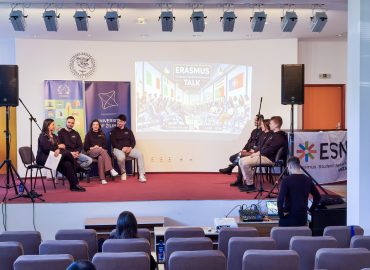From a societal impact perspective, it is important to explain in a concrete and practical way how the research, innovation and development (RDI) work carried out at universities of applied sciences also benefits individual citizens, companies and other communities. It is not enough to communicate the results of the work only to the funders or project partners of RDI projects. It is good to think about what can be done to ensure that articles about RDI work reach as wide an audience as possible. Communicating the results and achievements of RDI activities must always be done in an understandable, interesting and, above all, popular way.

This article examines the perspectives related to popularising RDI content. It seeks to answer the question of how, in today’s media environment, universities of applied sciences can reach the widest possible audience so that openly available written content resonates with its readers (Laakkonen, Laakkonen, Marjamaa & Montonen 2017). Popularised writing aims to influence citizens to gain ’popularity’ among them (popularity = popularitas in Latin), much like pop music, which is aimed at the general public and especially younger age groups (’pop’ is short for ’popular’).
Photo by: Andre Furtado / Pexels
This article is based on the author’s own experiences and observations of RDI communication at Laurea University of Applied Sciences and his studies in science communication at the University of Helsinki. In addition, the article draws on literature in the field and the writings of other experts.
Away from the obscure, towards a fluid narrative
All professional fields have their own way of speaking and expressing themselves, which is not necessarily open to outsiders. Of course, jargon is necessary because it facilitates communication and interaction between professionals in the given field and strengthens the sense of community. In science communication, popularisation means presenting the content and results of field-specific research, development and innovation activities in a form that is easily understood by common people (Lyytimäki 2017). In a popularised form, the sometimes rather opaque and abstract jargon of each discipline is opened up to a fluent and clear standard language, making it easily understandable to the general public (Strellman & Vaattovaara 2013). Of course, it is not always possible to completely avoid the use of industry-sepcific terminology. Where this is the case, it is essential that the terms used are defined in everyday terms for the average reader. Abstract concepts should be illustrated with examples.
Author: Mika Launikari, LAUREA



